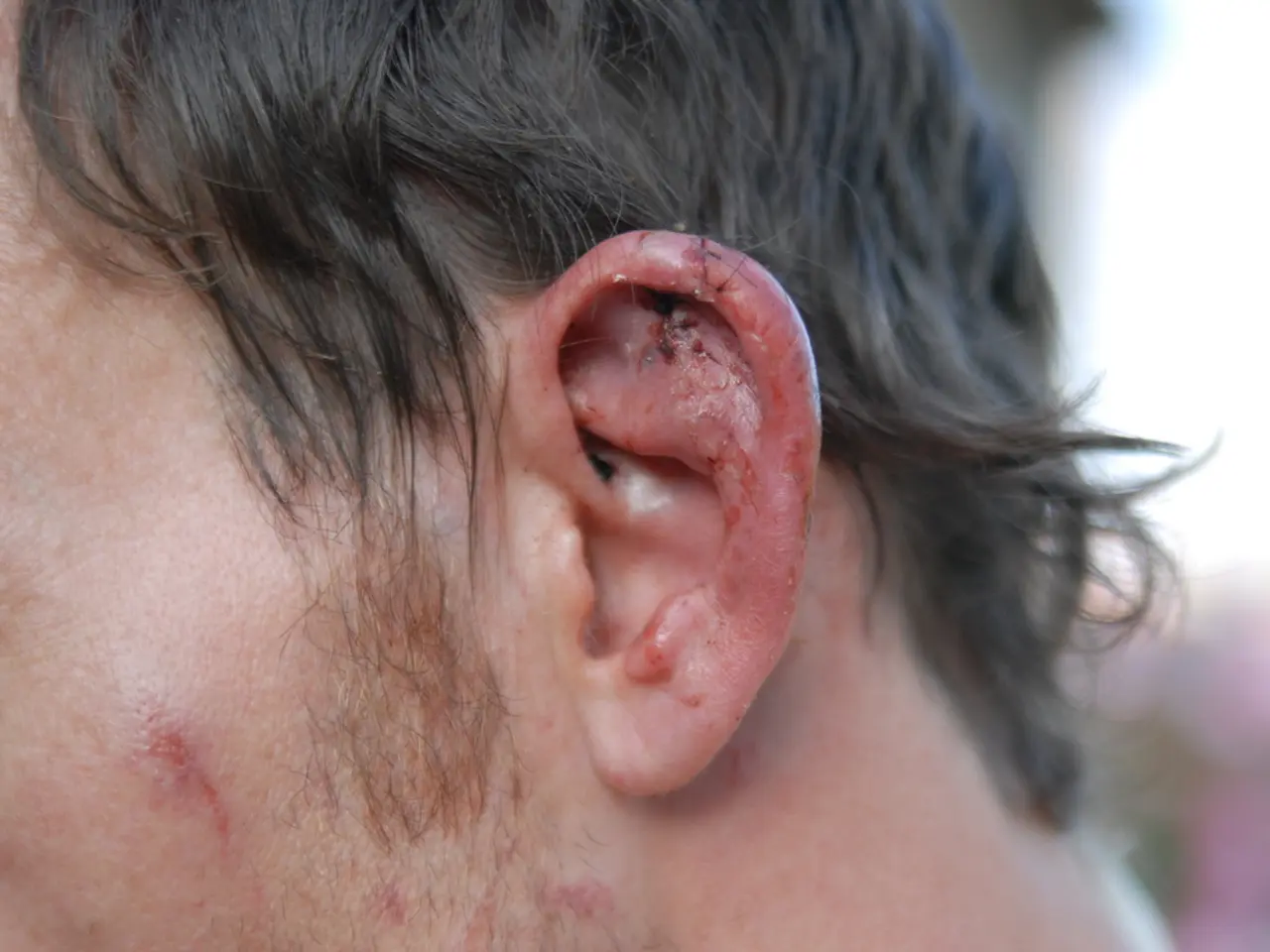Hypoglycemia and Anemia: Exploring Distinctions and Interconnections
In the human body, maintaining a balance between blood sugar levels and red blood cell production is crucial for overall health. However, certain conditions can cause simultaneous issues with both hypoglycemia (low blood sugar) and anemia (low red blood cell count).
If a person is experiencing unexplained bouts of tiredness, dizziness, weakness, or other symptoms, they should speak with a doctor to determine whether they have anemia, hypoglycemia, or another condition. The symptoms of nutritional deficiency anemias can also vary, and can include tiredness, dizziness, headache, difficulty thinking, and shortness of breath.
Malnutrition and nutrient deficiencies are a common cause of both hypoglycemia and anemia. Deficiencies in iron, vitamin B12, or folate can lead to anemia while also impairing glucose metabolism, potentially causing hypoglycemia. Malnutrition reduces erythropoiesis (red blood cell production) and can disrupt blood sugar regulation.
Chronic diseases such as chronic kidney disease or hypothyroidism can cause both anemia and hypoglycemia due to their systemic effects on metabolism and hormone balance. Endocrine disorders, especially adrenal insufficiency, can also lead to hypoglycemia because cortisol is crucial for glucose regulation. These hormonal imbalances may also contribute to anemia.
Certain inherited blood disorders like thalassemia cause anemia and can coexist with hypoglycemia due to complex metabolic disturbances. In diabetic patients, improper management may lead to hypoglycemia; coexisting anemia (e.g., from kidney disease or iron deficiency) can complicate symptoms and make diagnosis difficult.
It's important to note that blood loss can cause symptoms of both hypoglylycemia and anemia. Before giving blood, health organizations advise people to eat a snack and ensure their diet contains enough iron. Iron deficiency anemia may produce falsely high measurements of blood sugar levels, which can result in a person getting hypoglycemia from an insulin dose that is too high.
In summary, common causes for simultaneous hypoglycemia and anemia tend to be systemic illnesses involving nutritional deficiency, hormonal imbalances (such as adrenal or thyroid dysfunction), chronic diseases, or inherited blood disorders affecting both glucose and red blood cell homeostasis. Identifying the exact cause requires comprehensive medical evaluation given the overlapping symptoms and multi-factorial origins.
If you are experiencing symptoms of hypoglycemia or anemia, it is crucial to consult with a healthcare professional for a proper diagnosis and treatment plan. A doctor can determine the cause and prescribe appropriate treatment for both conditions, such as adjusting insulin or medication doses for someone with diabetes, or advising dietary changes for nutritional deficiency anemia.
- Science has shown that maintaining balance between blood sugar levels and red blood cell production is vital for overall health.
- Simultaneous issues with hypoglycemia and anemia can occur due to certain medical conditions.
- If a person encounters recurring bouts of exhaustion, lightheadedness, or debilitation, they should seek medical advice regarding anemia, hypoglycemia, or other health issues.
- Symptoms of nutritional deficiency anemias can manifest as tiredness, dizziness, headache, cognitive impairment, and shortness of breath.
- Malnutrition is a common cause of both hypoglycemia and anemia, as deficiencies in iron, vitamin B12, or folate can result in anemia and impair glucose metabolism.
- Malnutrition not only decreases red blood cell production but also disturbs blood sugar regulation.
- Chronic diseases, like chronic kidney disease or hypothyroidism, can lead to both anemia and hypoglycemia due to their impacts on metabolism and hormone balance.
- Endocrine disorders, such as adrenal insufficiency, can trigger hypoglycemia because cortisol plays a key role in glucose regulation.
- These hormonal imbalances could also contribute to anemia.
- Certain inherited blood disorders, like thalassemia, cause anemia and may coincide with hypoglycemia due to complicated metabolic disturbances.
- In diabetic patients, poor management may lead to hypoglycemia, and coexisting anemia (from kidney disease or iron deficiency) can exacerbate symptoms and make diagnosis challenging.
- Blood loss can cause symptoms of both hypoglycemia and anemia, so health organizations recommend eating a snack and maintaining a balanced iron intake before donating blood.
- Iron deficiency anemia may yield falsely high blood sugar level measurements, potentially leading to a high insulin dose and subsequent hypoglycemia.
- Comprehensive medical evaluation is necessary to identify the root cause of simultaneous hypoglycemia and anemia, given overlapping symptoms and multi-factorial origins.
- If you experience signs of hypoglycemia or anemia, it's essential to consult a healthcare professional for a correct diagnosis and treatment plan.
- A healthcare professional can ascertain the cause and recommend suitable treatment for both conditions, such as adjusting insulin or medication doses for diabetic patients or suggesting dietary changes for individuals with nutritional deficiency anemia.
- Beyond hypoglycemia and anemia, there are numerous other health concerns such as cancer, respiratory conditions, digestive health, eye health, hearing, health and wellness, fitness and exercise, sexual health, autoimmune disorders, mental health, men's health, skin care, therapies and treatments, and nutritional aspects related to aging, women's health, parenting, weight management, cardiovascular health, medicare, cbd, neurological disorders, skin conditions, education and self-development, personal growth, career development, and learning.




